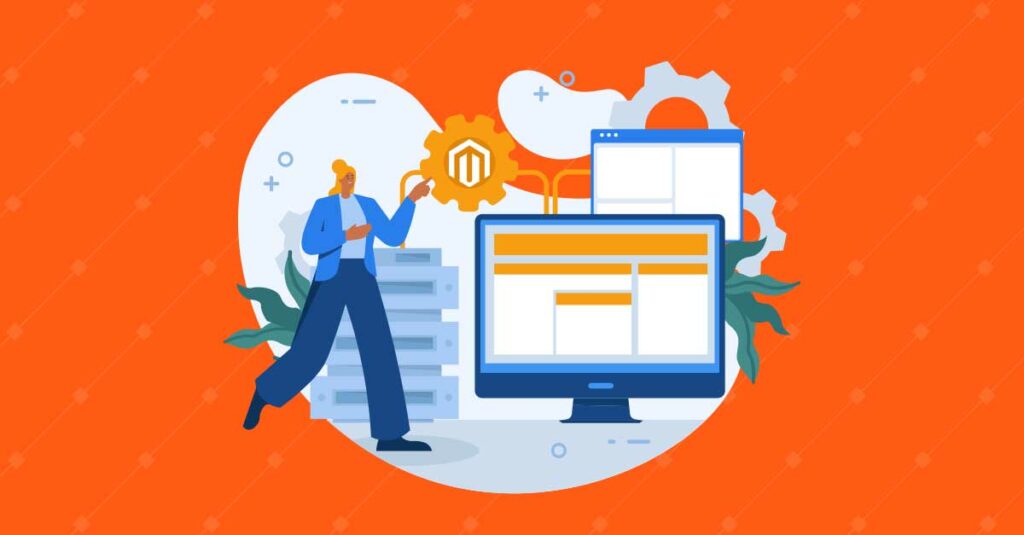“Ignorance is not bliss. It is the kiss of death.” – Suzy Kassem
The growing relevance of the experience economy for eCommerce consumers means that online retailers can no longer ignore last-mile fulfillment and its relevance to the overall customer experience.
A Forrester report reveals that 83% of online shoppers want to know just when their ordered product will be delivered. Adding to that, the “Future of Customer Experience” report by PwC states that “73% of American consumers point to last-mile customer experience as a factor in their purchasing decision.”
With more online sales, retailers are emphasizing improving customer satisfaction through a seamless last-mile delivery process. To achieve this, retailers are looking at integrated technology solutions that can provide their consumers with real-time visibility extending into their field operations. Further, last-mile solutions must be integrated with efficient logistics so that satisfied consumers keep coming back to the same retailer.
How do last-mile technology solutions work towards a better customer experience?
How Last-Mile Solutions can drive Customer Satisfaction
Consumer brands can no longer grab market share by simply designing and delivering “great products.” They must also ensure a smooth delivery experience for their customers. In addition to on-time deliveries, online shoppers want to choose their preferred delivery option when placing an order. For instance, there has been an increase in same-day deliveries, along with customer instructions about the final delivery point.
On their part, last-minute solutions boost customer satisfaction with automated notifications about:
- Order status or where the product to be delivered is currently located
- Who is going to deliver the order?
- By when it is likely to reach you (including if there are going to be any delays)?
A Distributed Order Management (or DOM) solution can provide retailers the ability to get end-to-end visibility into their supply chain. For instance, they can send out products to be delivered from the nearest store or warehouse (to the customer), thus cutting down on transportation costs. Similarly, technology trends like Headless Commerce are now delivering superior customer experience, as compared to traditional eCommerce tools.
As an online retailer, how can you optimize your last-mile deliveries to the overall satisfaction of your consumers?
How can Retailers optimize Last-Mile Deliveries?
Here are some tips and strategies that retailers can use to optimize their last-mile deliveries:
1. Design the essential Standard Operating Procedures (SOPs)
For effective last-mile deliveries, online retailers must establish the right SOPs for their business size and objectives. To design optimum SOPs, analyze previous last-mile delivery data such as product loading time or client servicing time. Further, data-driven KPIs can be examined for determining the best practices in delivery vehicle inspections and logistics monitoring.
2. Provide customers with more delivery choices
By allowing customers to schedule their deliveries, retailers can empower them and cut down on customer support calls. For example, by some estimates sharing information about a customer delivery window can reduce up to 2.5 phone calls on average and minimize the expensive situation of consumers not being at home to receive the order.
An example of this strategy is the Spark Delivery online delivery platform from Walmart, which allows independent drivers to pick up and deliver orders (when and where the consumers demand).
3. Invest in real-time visibility solutions
According to Gartner projections, supply chain visibility is a priority for 46% of all organizations.
Through visibility (on a single centralized platform), eCommerce operation managers can act more decisively when faced with unanticipated challenges in product shipments, logistics, and supply chain operations. For example, route management solutions can enable real-time tracking of delivery routes and vehicles, thus maximizing last-mile efficiency and profitability.
Using real-time visibility tools, consumers can themselves track their delivery packages, without having to call customer support executives.
4. Keep communicating with consumers
Whether it is through email or messages, consumers need to be continuously informed of delivery schedules. This can effectively reduce the chances (and costs) of missed deliveries while maintaining the customer experience. For instance, automated messages can be triggered when delivery agents have completed their previous delivery and have departed to the customer’s delivery point.
Automated driver dispatching can also optimize delivery speeds while cutting down on labor costs. The UPS My Choice service offers consumers package tracking notifications, along with the flexibility of rerouting deliveries while they are in progress.
Next, let us look at some challenges (or hindrances) of building last-mile experiences for online consumers.
Challenges of building an exceptional Last-Mile Customer Experience
Considering its numerous benefits, why don’t more retailers implement integrated last-mile solutions? Let us look at some of the challenges
1. Rising delivery costs
For most small retailers, free deliveries are simply not feasible, thanks to rising delivery costs caused by supply chain disruptions. To reduce shipping costs, retailers can partner with third-party logistics companies, but that requires high order volumes and widespread market reach.
Further, most retailers do not implement last-mile solutions simply due to lack of business scale or high cost of technology enablers.
2. Missed deliveries
In the age of “same day” deliveries, missed deliveries or delays can add to customer frustration. Further, a lack of visibility and transparency in customer communication can hinder the overall buying experience.
3. Outdated logistics tools
Nearly 50% of North American logistics and transportation companies use traditional or outdated technology tools for last-mile deliveries. Most logistics companies have failed to implement a mobile-first strategy that uses mobile apps, tablets, or smartphones to implement last-mile deliveries.
Conclusion
With an efficient last-mile delivery process in place, eCommerce companies can adapt to changing consumer demands and facilitate improved customer satisfaction for repeat purchases. On its part, a last-mile solution requires the right technology backbone along with complete transparency between customers and delivery executives.






